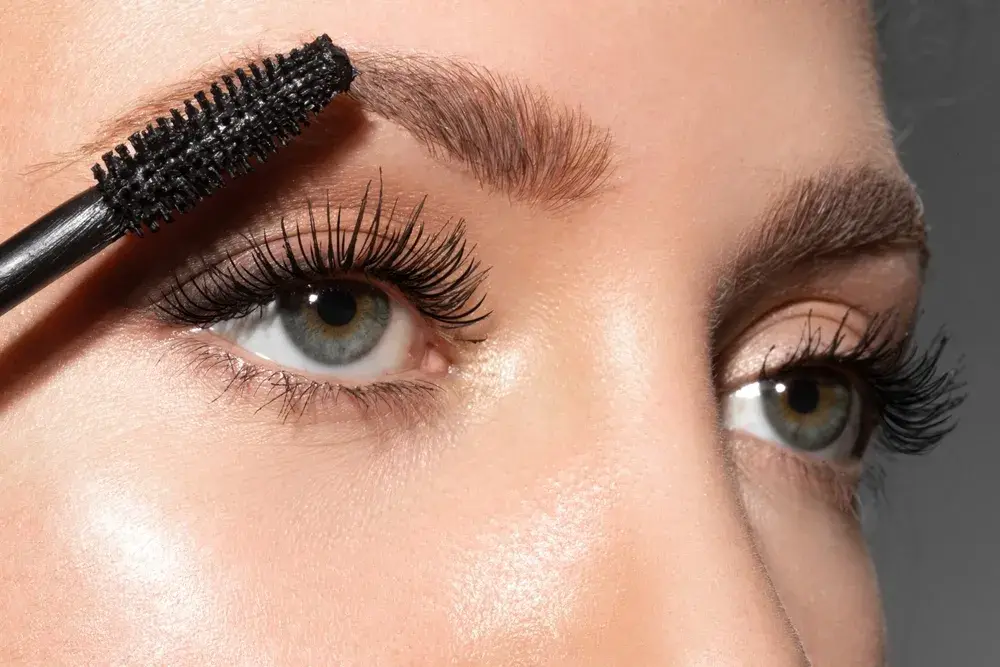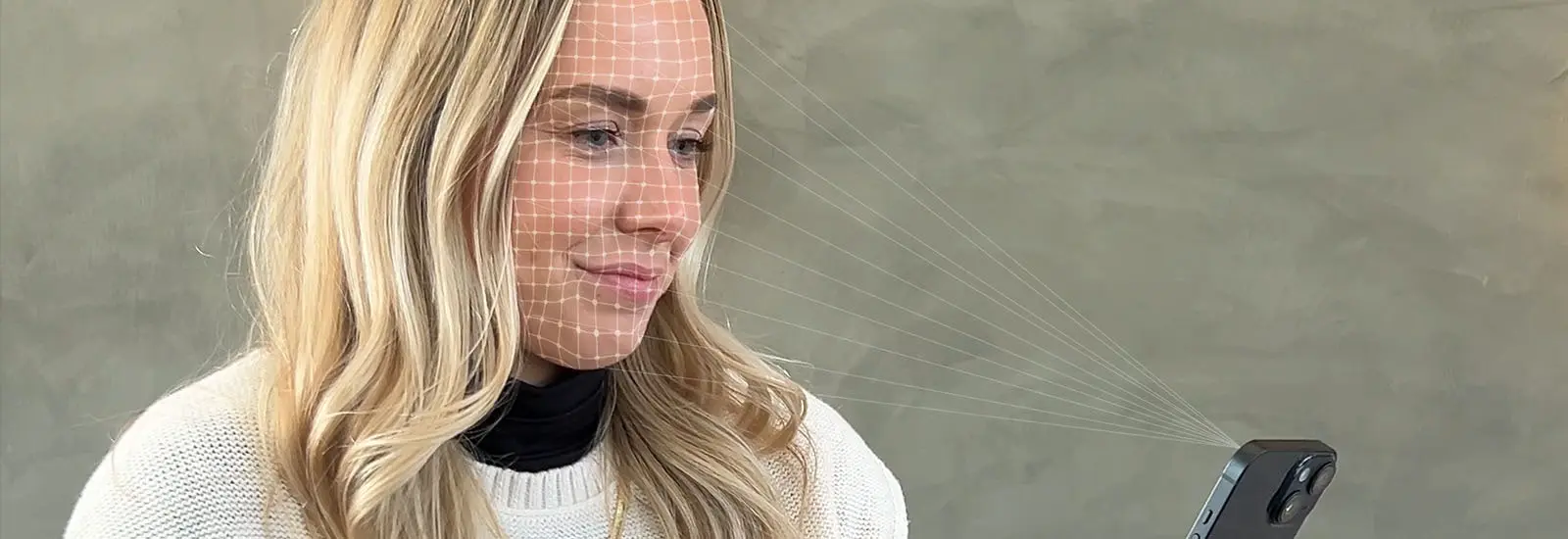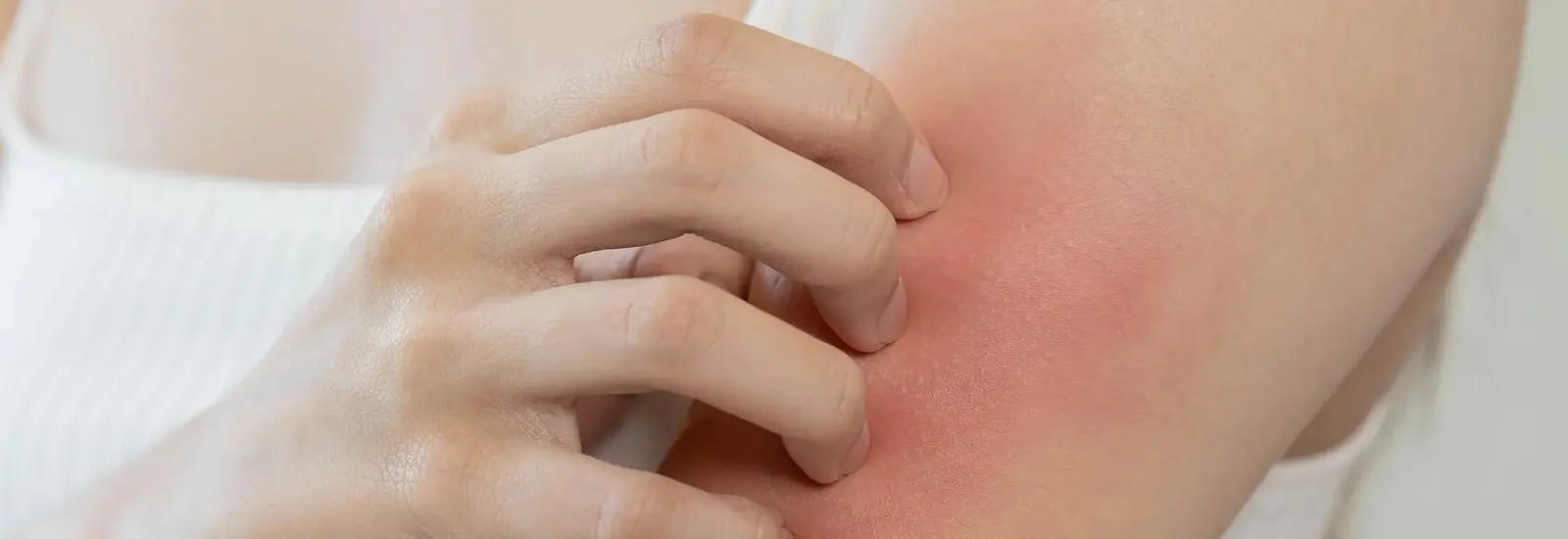What is Phenoxyethanol?
Phenoxyethanol, or 2-phenoxyethanol, is a colorless, oily liquid with a faint rosy scent. It's been a well-trusted cosmetic ingredient for more than 70 years, with studies on its antimicrobial and antibacterial properties dating back to 1952.
Because phenoxyethanol effectively kills germs, it's the most commonly used preservative in beauty products worldwide. Even at low concentrations, it prevents bacteria, yeast and mold growth. As a result, phenoxyethanol extends cosmetic and skincare products' shelf life and makes them safe for your skin.
Without preservatives like phenoxyethanol, microbes like Staphylococcus aureus (bacteria that causes MRSA and staph infections) and Escherichia coli (aka E. coli) can grow when beauty products are exposed to air, water or human contact. This can lead to skin infections, including acne, rashes, lesions and dermatitis. In eye makeup, bacterial growth can cause eye infections. Bacteria, mold and yeast can also change your favorite products' color and smell.
But is phenoxyethanol safe for skin? Absolutely. Phenoxyethanol is suitable for all skin types, including sensitive skin.
The U.S. Food and Drug Administration (FDA) approves phenoxyethanol for use as a cosmetic preservative in concentrations of 1% or less. This regulation is the norm worldwide, including in Japan and the European Union (EU).
What are the uses of Phenoxyethanol?
Phenoxyethanol is just about as prolific as Picasso.
Preservative
You can find phenoxyethanol in skincare, haircare, makeup, nail care and fragrance products, as it's one of the most well-tolerated preservatives. Since phenoxyethanol is generally nonirritating at FDA-approved concentrations, manufacturers also use it in eye makeup products, like mascara and eye shadow.
Part of the reason phenoxyethanol is so well tolerated is that its antimicrobial benefits don't affect your skin's natural bacteria and other microorganisms (aka its microbiome) as much as other cosmetic preservatives. Your skin's microbiome helps keep it healthy and protected from infections, skin conditions and environmental aggressors like ultraviolet rays and pollution. So, it's important to leave this natural defense intact.
Outside the beauty world, phenoxyethanol is used as a preservative in ultrasound gels, baby products, hand sanitizer, deodorant, insect repellant and even an FDA-approved polio vaccine. You can also find it in mouthwash due to its antiplaque properties.
Fixative
Phenoxyethanol is used as a fixative in fragrances and soaps to help their scents last longer.
Solvent
As a solvent, phenoxyethanol helps other ingredients dissolve better in cosmetic formulas. For example, ethylhexylglycerin is an emollient and humectant that moisturizes skin by attracting and locking in hydration. However, it has limited solubility, so it's often dissolved in phenoxyethanol to make it easier to infuse into beauty products.
Where does Phenoxyethanol come from?
So, what is phenoxyethanol made out of? Phenoxyethanol occurs naturally in foods like apples, avocados, rice, endives and green tea. In the 1950s, chemists began to create it synthetically in labs by processing phenols with ethylene oxide, a colorless, man-made gas, as an alternative to traditional preservatives.
How to incorporate Phenoxyethanol into your skincare routine
Phenoxyethanol is most likely already a part of your skincare routine. Reach for your favorite serum, cleanser or cream and read through the ingredient list. Since phenoxyethanol is only approved for use at 1% concentrations or lower, you'll probably find it toward the middle of the list (ingredients are listed in order from highest to lowest concentration). Take Neutrogena®Hydro Boost Plumping Waterproof Mascara or Neutrogena® Hydro Boost Water Gel with Hyaluronic Acid, which both contain phenoxyethanol to help ensure safety and freshness.
Many guiding organizations, including the European Chemicals Agency, regard phenoxyethanol as the best-tolerated preservative in cosmetics. So, it's generally considered safe for all skin types, including sensitive skin. However, patch test any product you introduce to your skincare roster. Look out for redness, itchiness or swelling before applying a new product to larger areas of skin. If you don't notice any sensitivity or signs of an allergic reaction, follow the product's usage directions.





